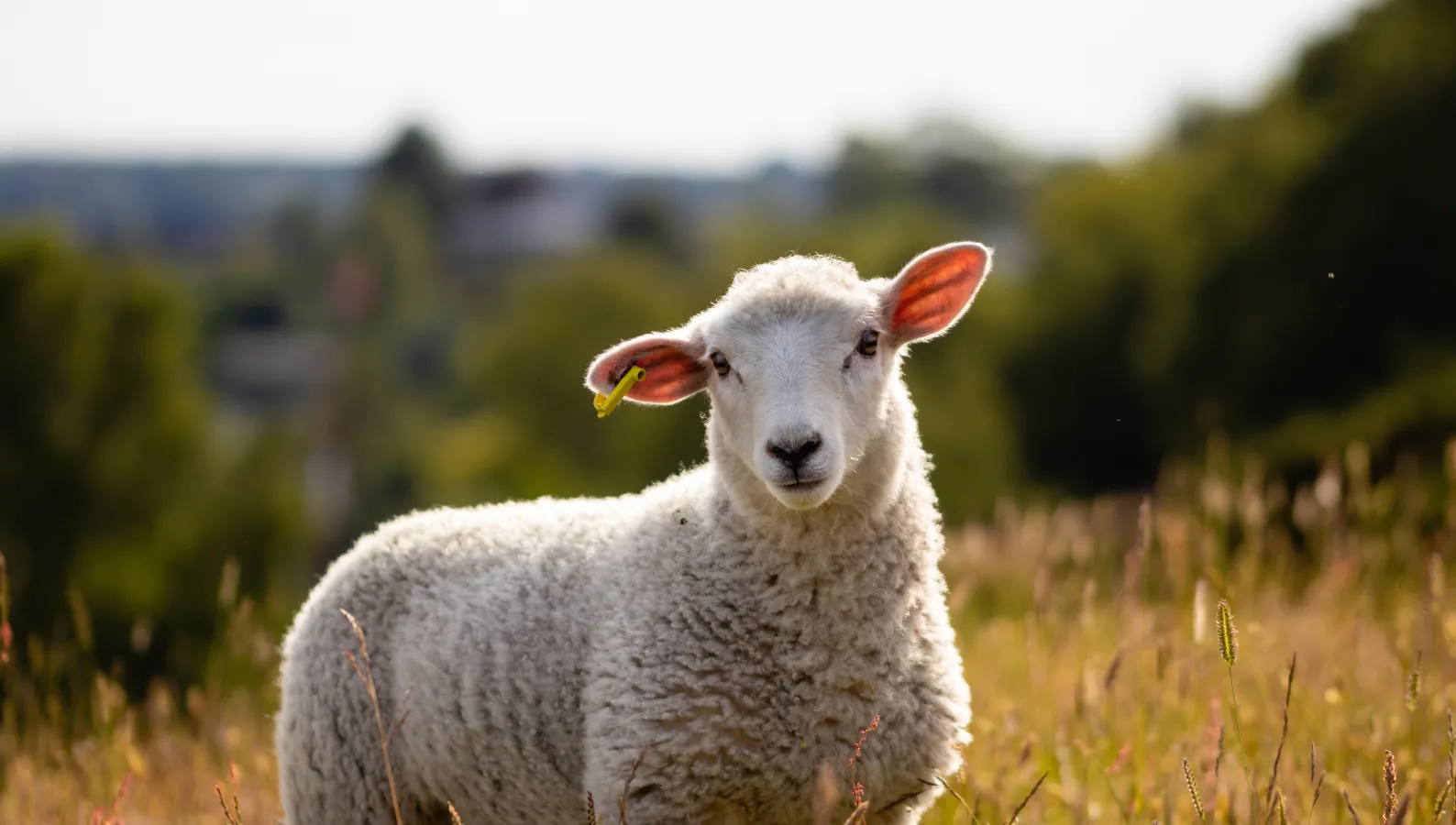Sorting Through the Information on Sheep and Goat Parasite Control
This decision making support tool is designed to help sheep and goat producers sort through the large amount of information available on controlling sheep and goat parasites and make decisions about specific management options that are relevant to their farm operation. It is not intended to be prescriptive or replace your veterinarian with regard to diagnosis of parasitism or specifics of drug use. We believe parasite control programs should be developed at the farm level. The information has been organized in a "decision tree" or "flow chart" approach where answering one question leads to another question or various management options.
-
-
This video shows a tangled mass of adult Haemonchus contortus worms as found in the abomasal (stomach) contents of a sheep that had died of blood loss created by massive infection with these worms. Enormous numbers of these worms were found in the stomach contents. A blood clot helps hold this mass of worms together. As the tangled mass is teased apart, you can see the individual worms and their "barber pole" appearance caused by the worm's blood-filled gut spiraling around the large uterus.
-
-
Development of worm eggs to third stage larvae
-
In this video you can watch through the microscope as worm eggs undergo changes toward hatching into the first stage larva and then to the final, or third stage, larva which is infectious for sheep and goats. The third stage larva has a rough or "corrugated-like" appearance to its outer surface. The process of egg development to infective third stage larva can occur in as little as 4 days under ideal conditions. More commonly it takes about 7 days.
-
-
Close-up view of three individual wells of the DrenchRite(R) Assay plate
-
In this video, you can watch as the microscope zooms in on the contents of three individual wells of the DrenchRite(R) Assay plate. You will see worm larvae that have developed from eggs and a few eggs that did not develop. In this assay, a known number of worm eggs are placed in each of the 96 wells, or cavities, of the plastic plate. Each well contains some nutrients and moisture to support the development of worm larvae to the infectious third stage (L3). The wells contain varying concentrations of dewormers, and the number of larvae developing to the third stage is compared to the number developing in control wells that have no dewormer. In this way, resistance to the three classes of dewormer can be detected.
-
Ohio Department of Agriculture
Animal Disease Diagnostic Lab
During lambing, kidding, and calving seasons, common questions about abortions, calf scours, and other issues arise. Here are some general guidelines for obtaining help with disease diagnosis.
First, obtaining at least a tentative diagnosis is crucial for formulating effective and cost-efficient treatment, control, or prevention plans. This process should start with a local veterinarian, who can offer diagnostic services such as bacterial culturing, blood work, and post-mortem examinations. If additional testing is needed, the veterinarian may send collected samples to a laboratory. For valuable live animals, a full diagnostic effort might involve sending the animal to a referral center like the Ohio State's College of Veterinary Medicine’s large animal hospital, especially in cases involving multiple animals.
Occasionally, a veterinarian may recommend that an animal owner deliver a dead animal or other samples to a diagnostic laboratory, such as the ODA’s Animal Disease Diagnostic Laboratory. This full-service laboratory, accredited by the American Association of Veterinary Laboratory Diagnosticians, performs post-mortem examinations and collects samples for further testing. They also provide diagnostic tests for other samples, such as placentas from abortion cases or tissue samples for trace mineral analysis (copper, selenium, lead, etc.).
When delivering animals or samples to the Animal Disease Diagnostic Laboratory, owners must provide information about the problem and any pertinent observations. Often, the veterinarian will call ahead to inform the laboratory about the incoming samples. If not, the owner will be asked for their veterinarian's name. Results of post-mortem examinations and diagnostic tests, along with service charges, are sent to the veterinarian. Typically, the laboratory sends a preliminary report of post-mortem findings the next workday, followed by test results within a few days. In some cases, initial findings are available almost immediately. With the laboratory's current computer system, veterinarians can access lab results and updates 24/7. A final report is sent to the veterinarian once all results are available, and the veterinarian shares these medical records with the animal owner.
In urgent cases, a large animal may need to be submitted to the laboratory on a weekend to preserve it under refrigeration until a post-mortem examination can be performed. Regular necropsy and diagnostic services are not available on weekends, but arrangements can be made by calling ahead at 1-614-728-6220. After normal work hours (8 AM – 5 PM Monday through Friday), an after-hours emergency phone number is provided. In some cases, the veterinarian can perform the post-mortem examination in the field, keep fresh samples refrigerated over the weekend, and ship them overnight to the lab on the next workday.
Accurate diagnosis is essential for effective treatment and control efforts, which can be costly and ineffective without it, potentially compromising animal welfare. In today’s economic climate, using the best information available is crucial.
